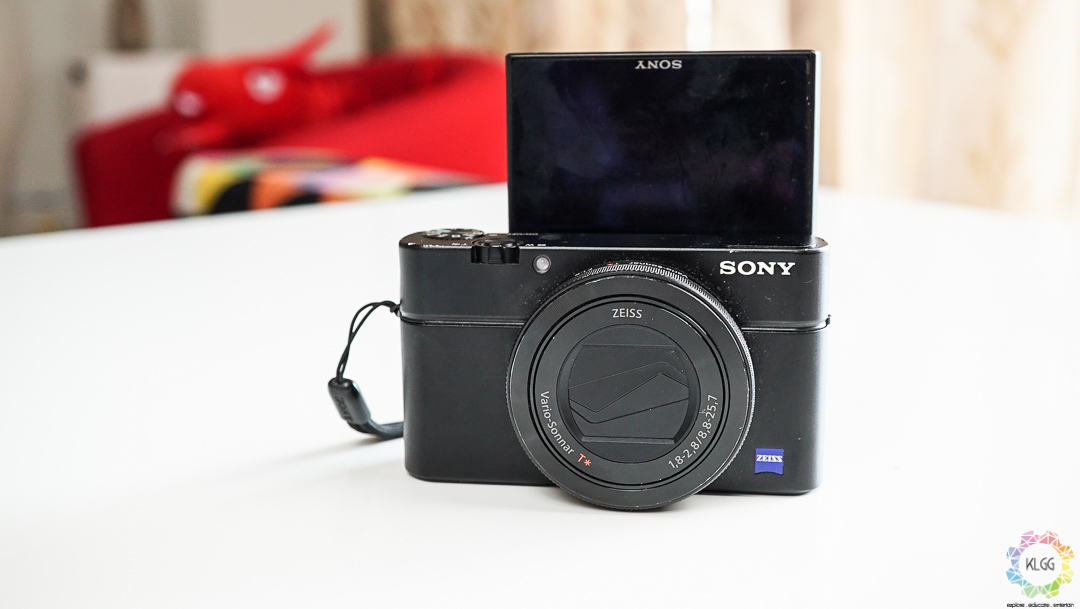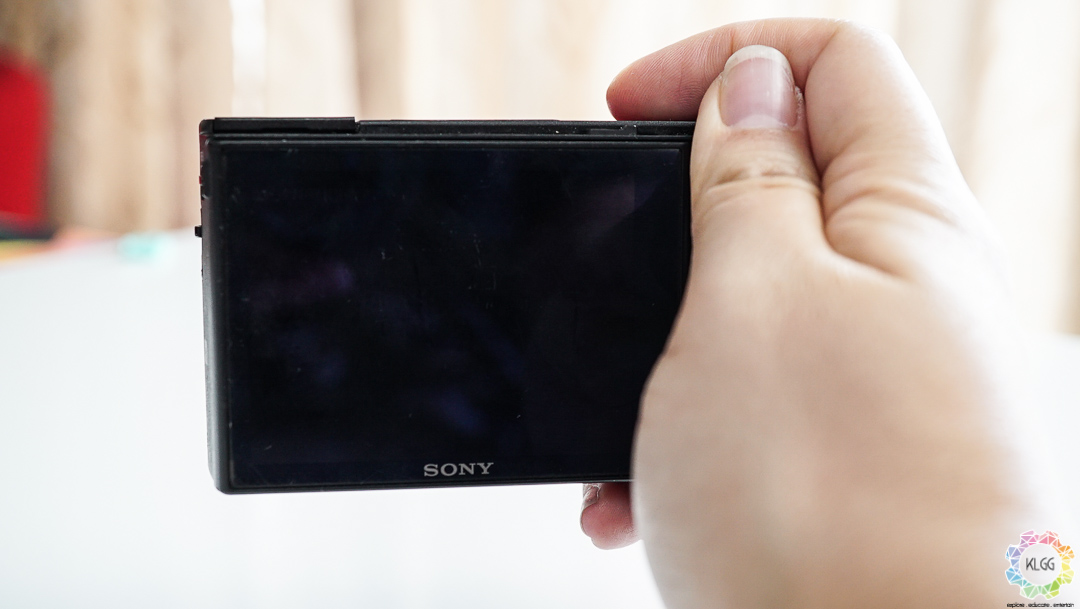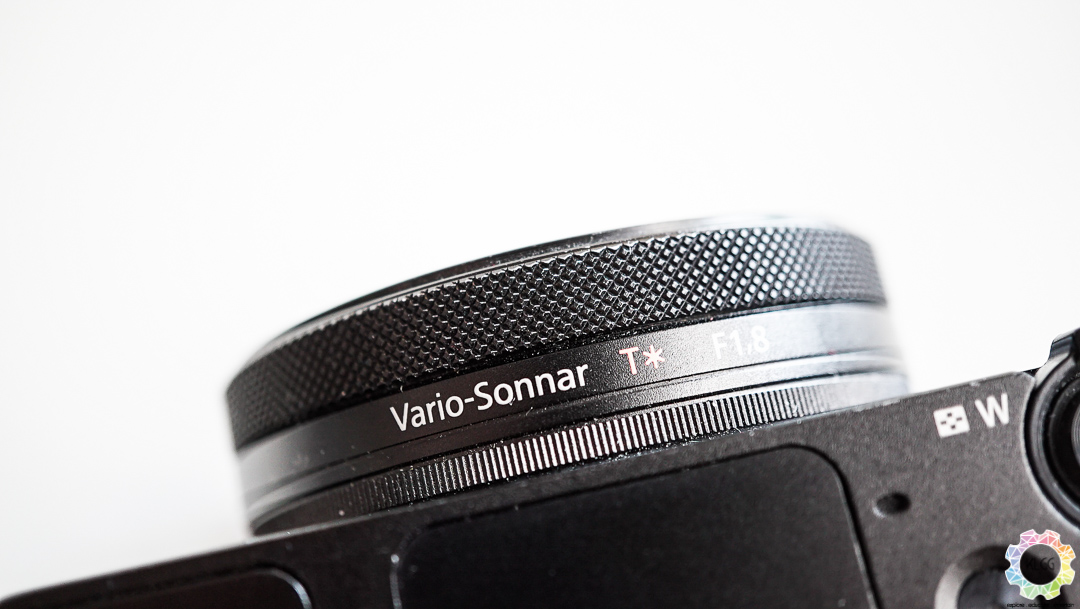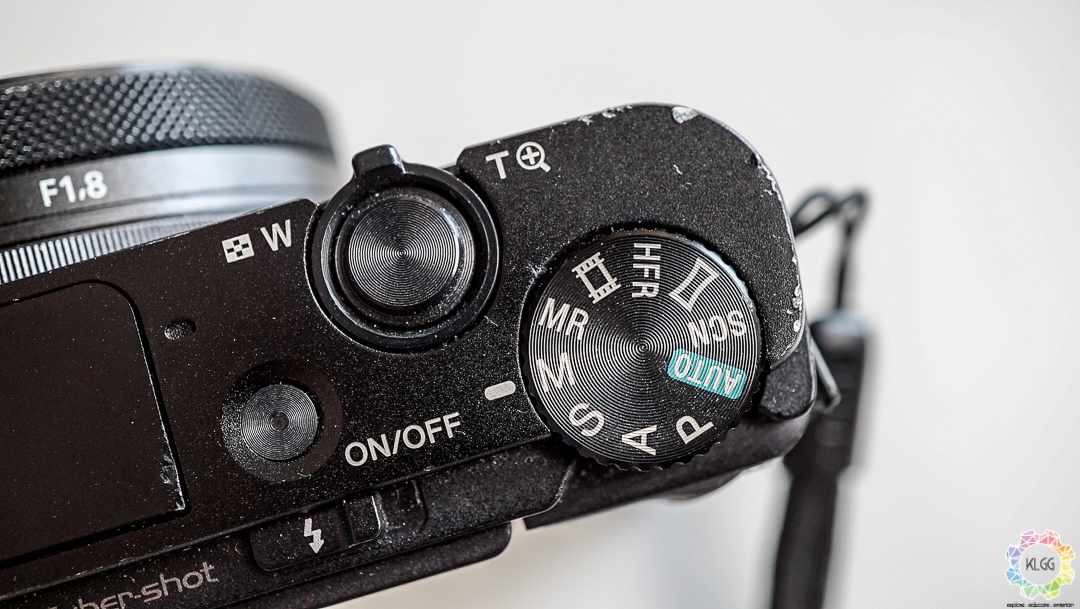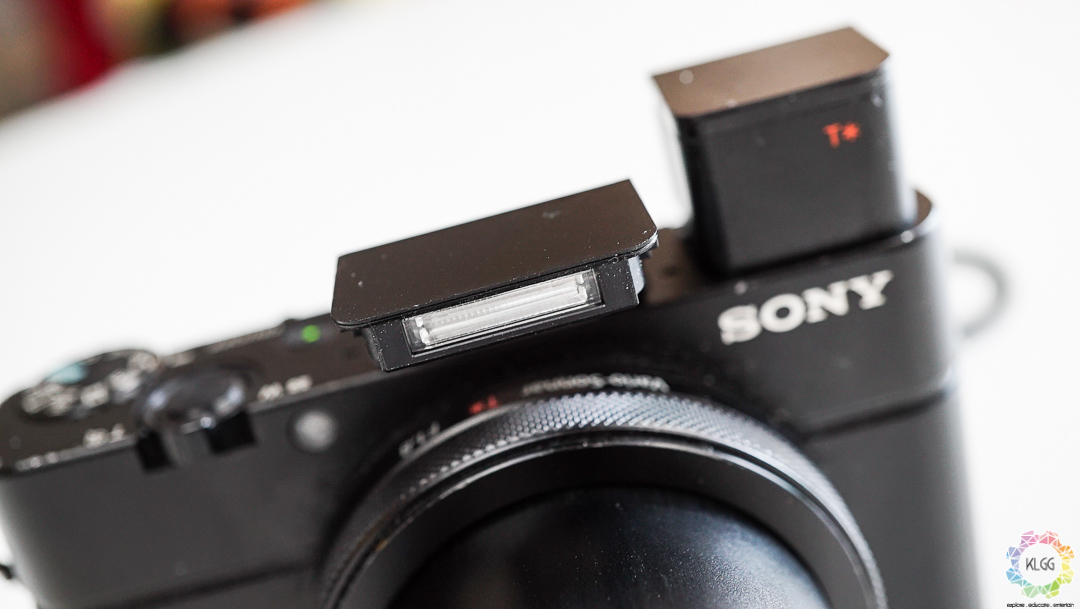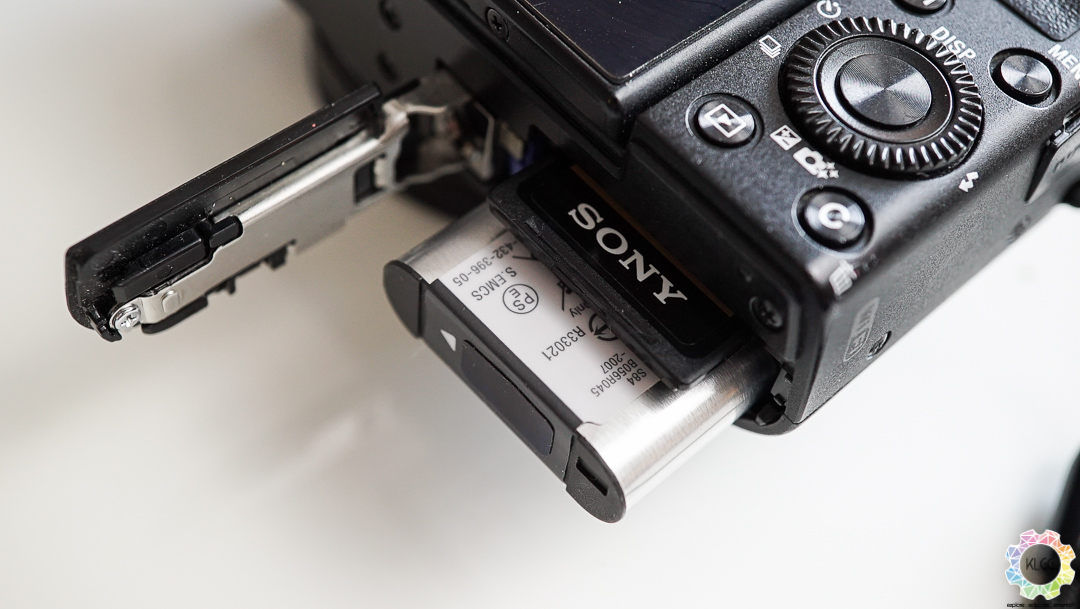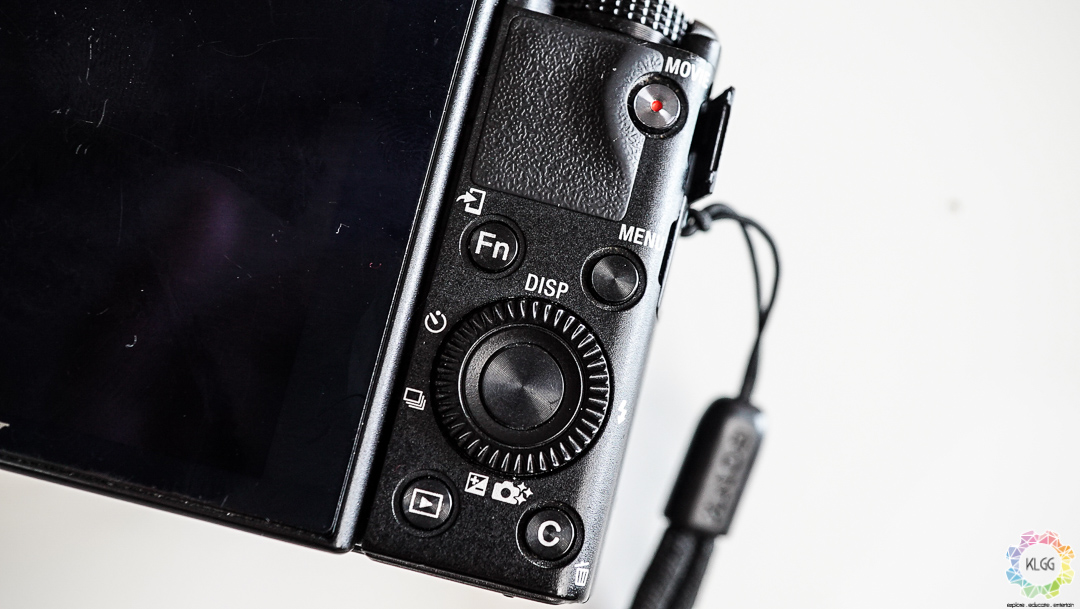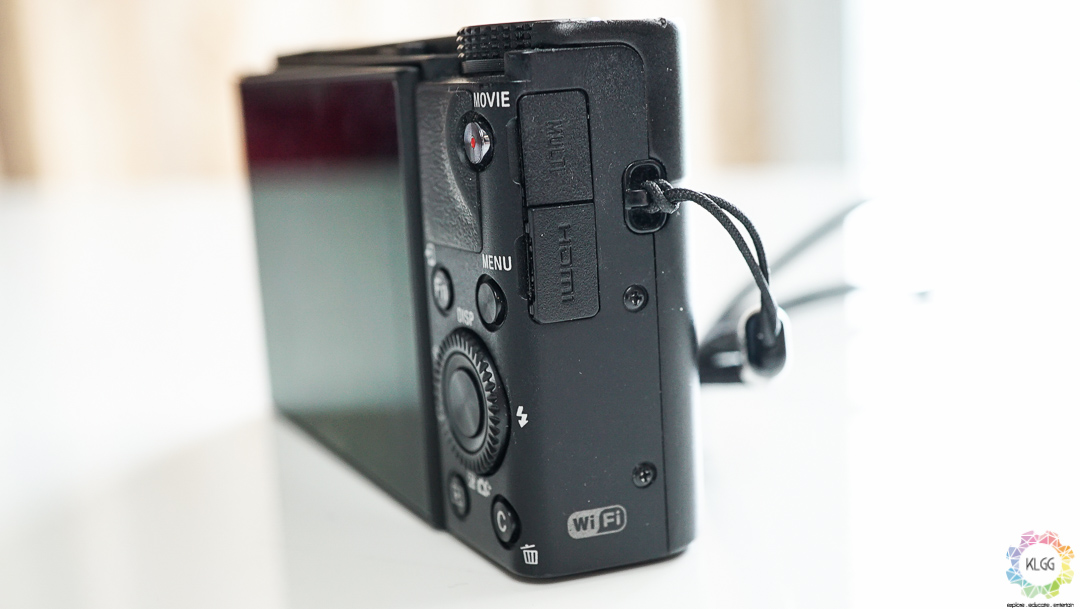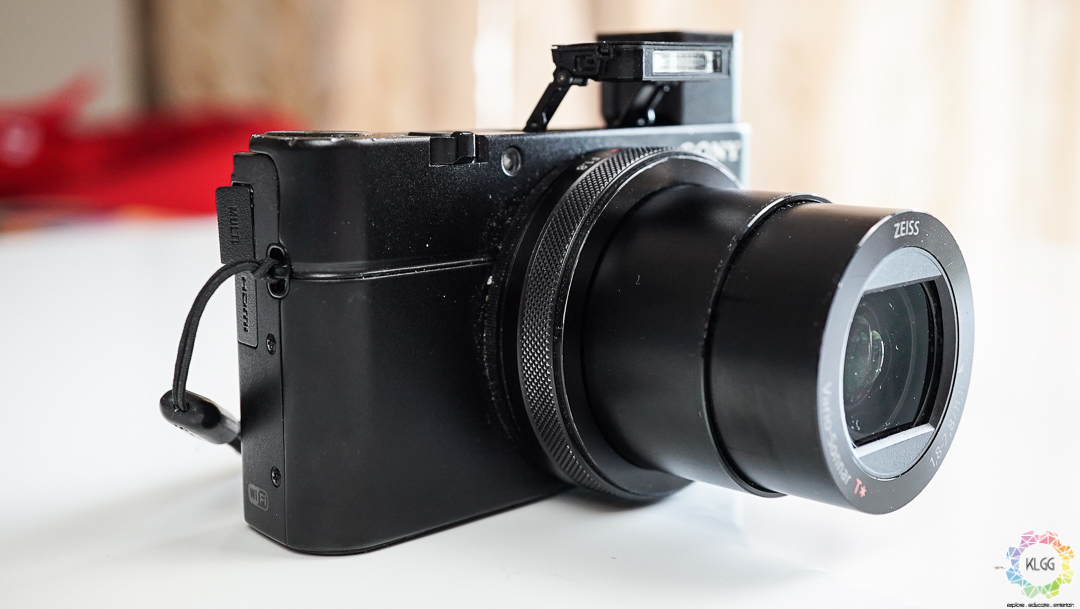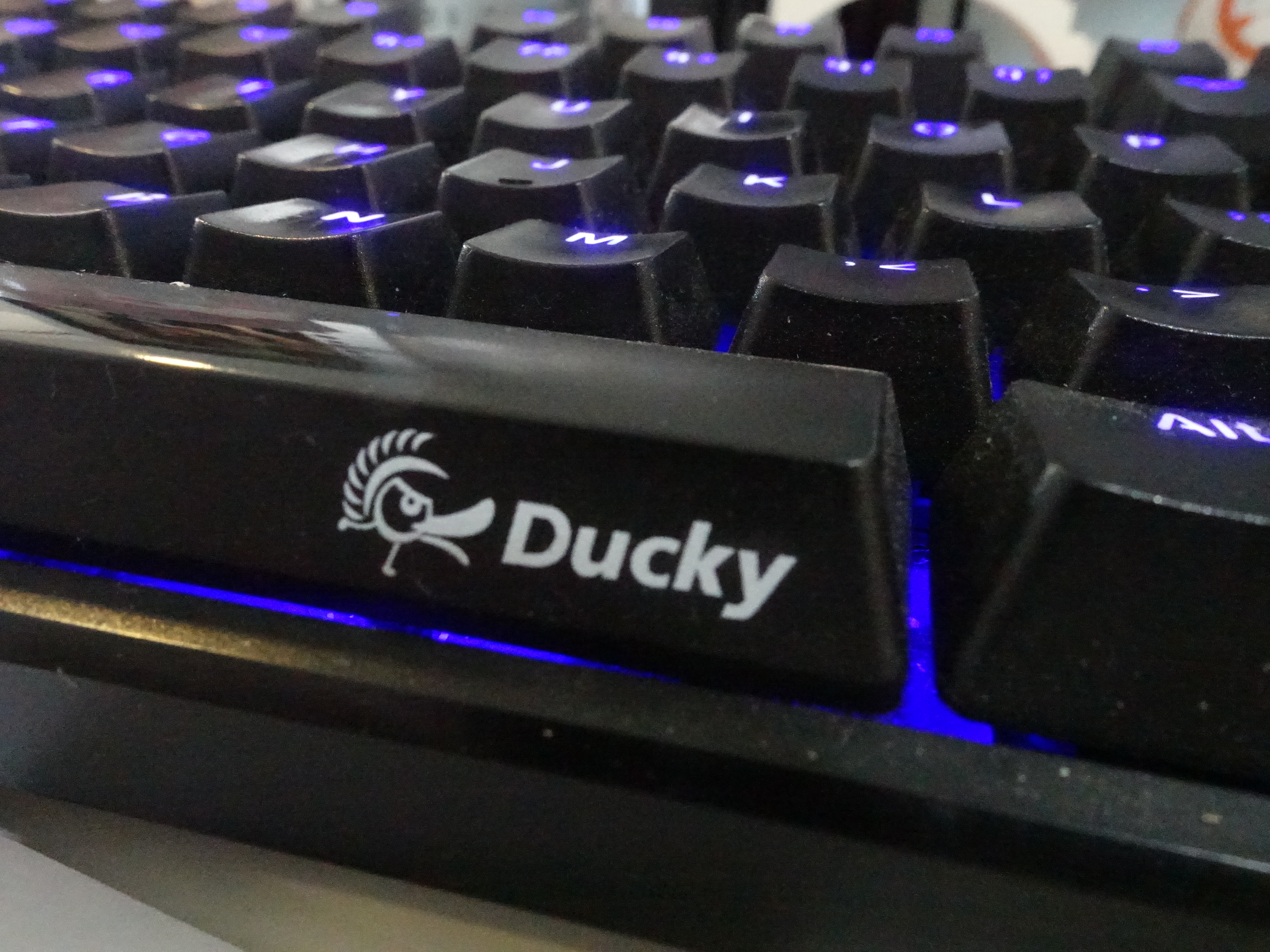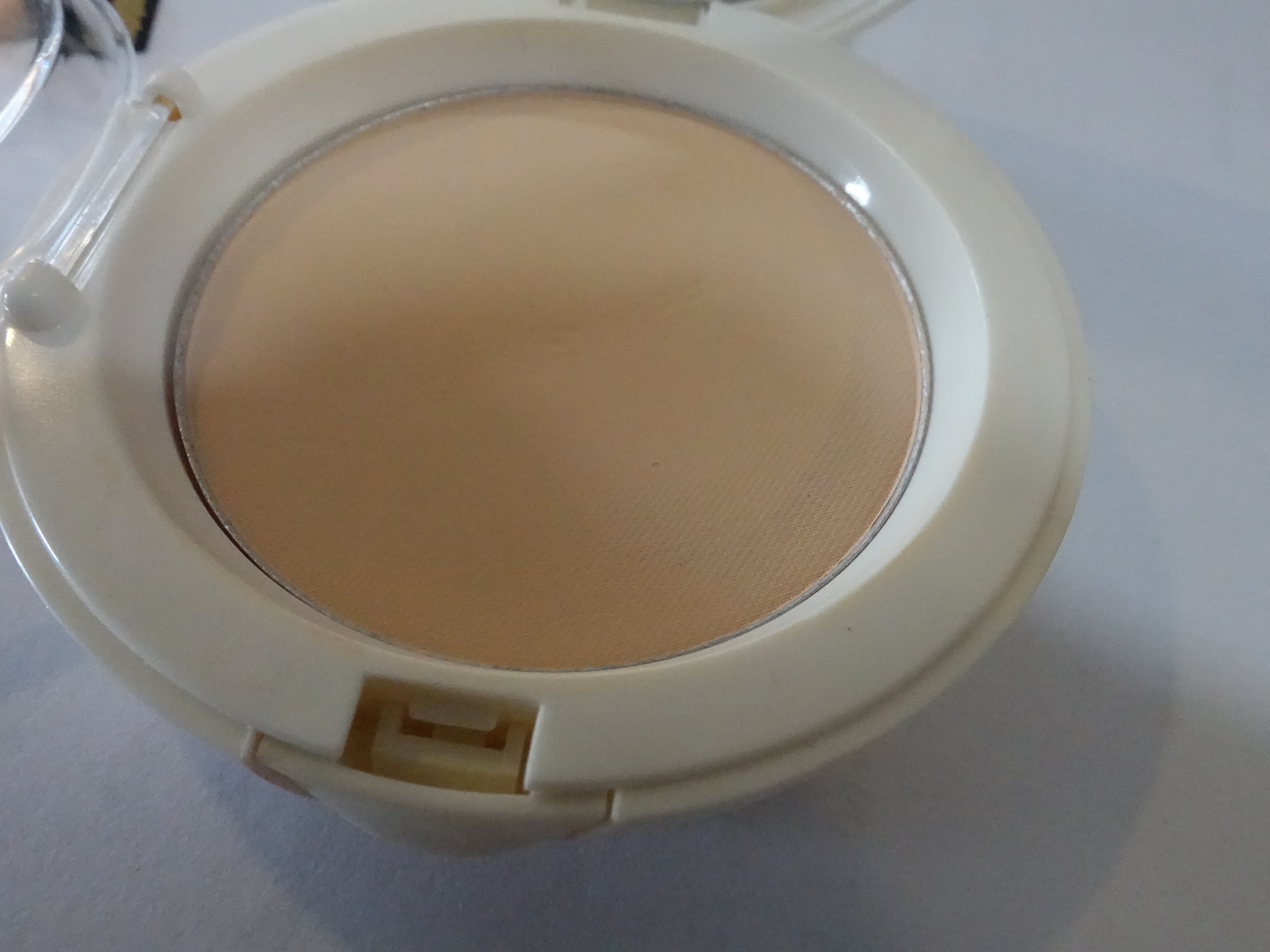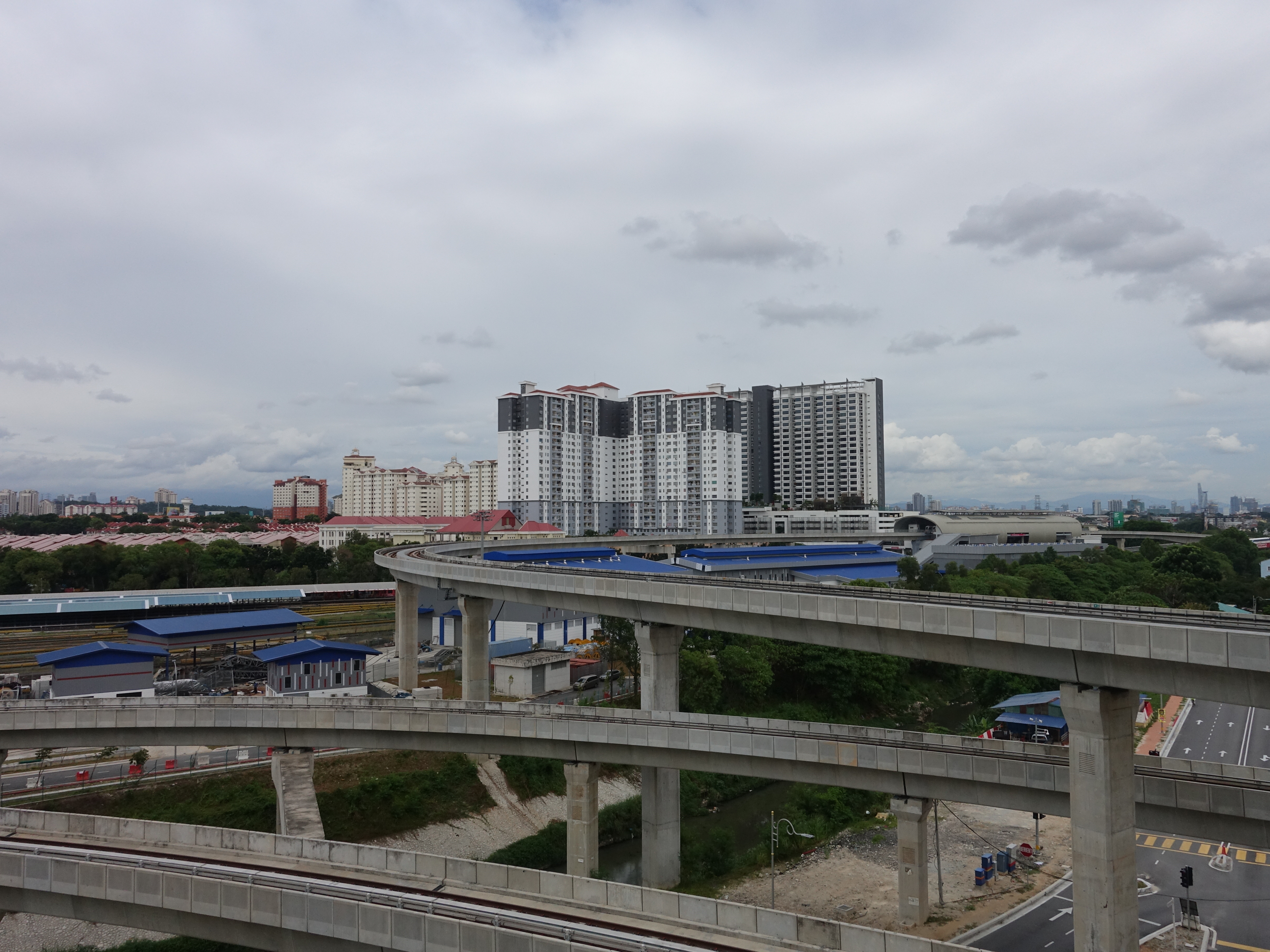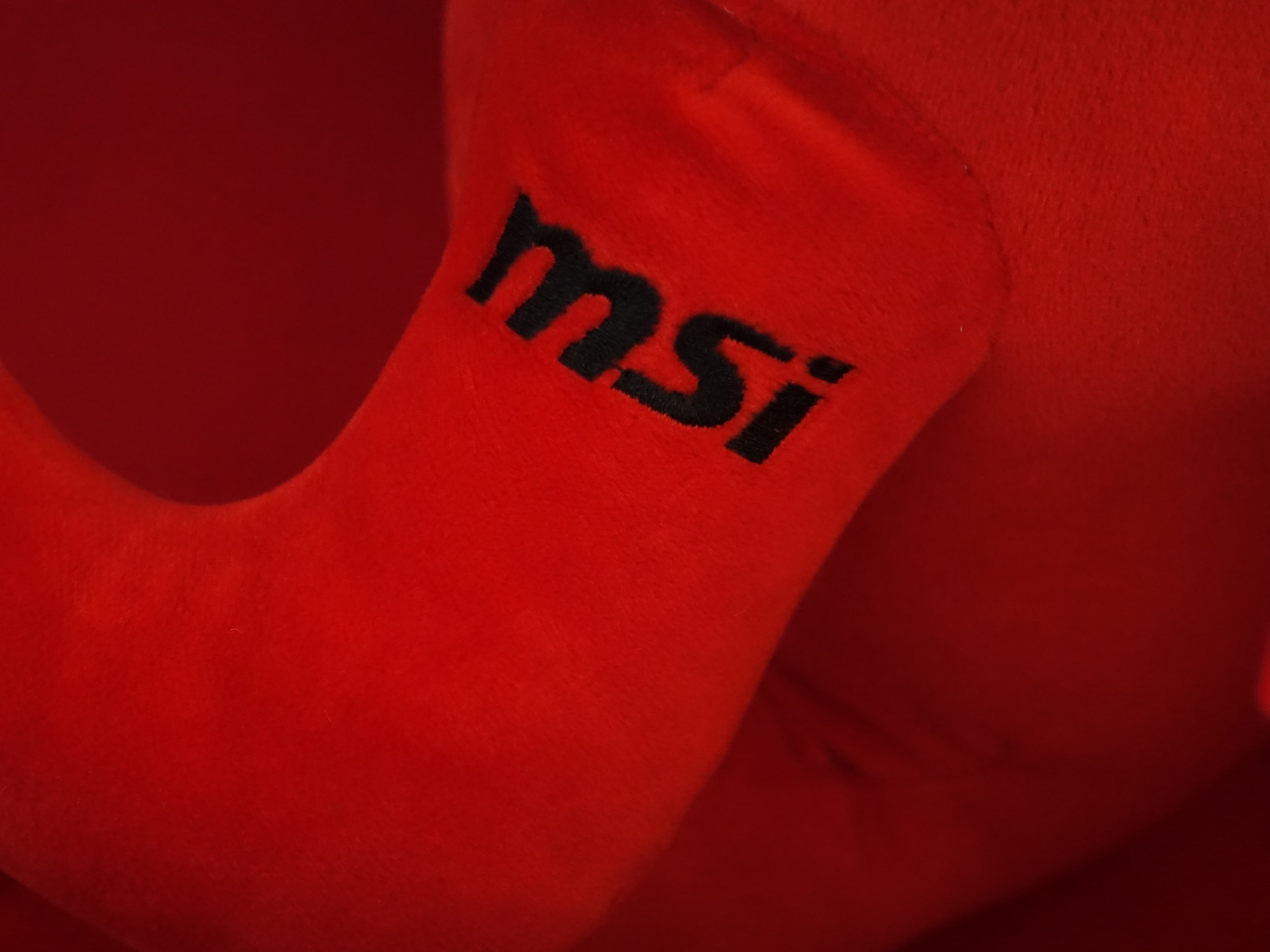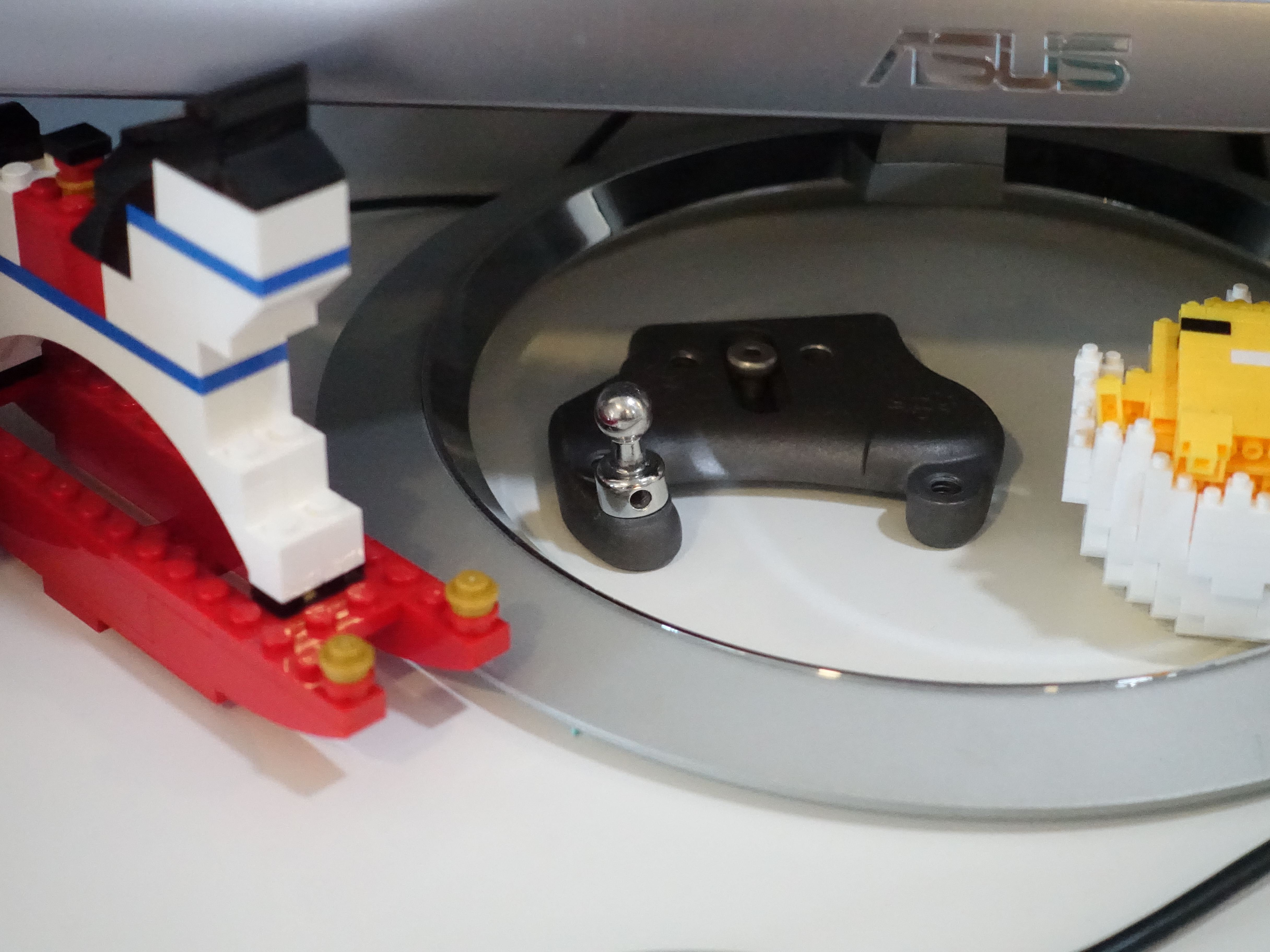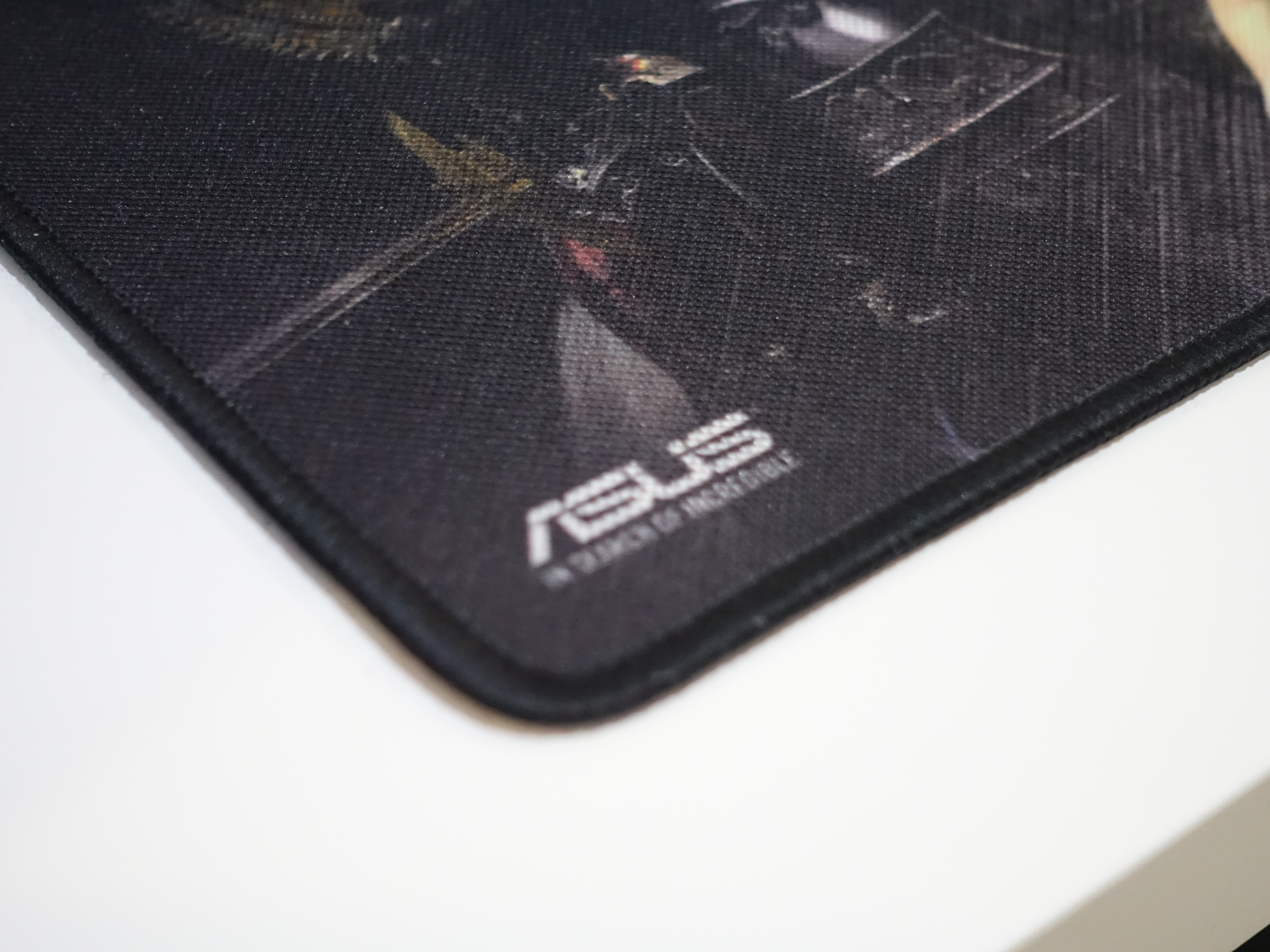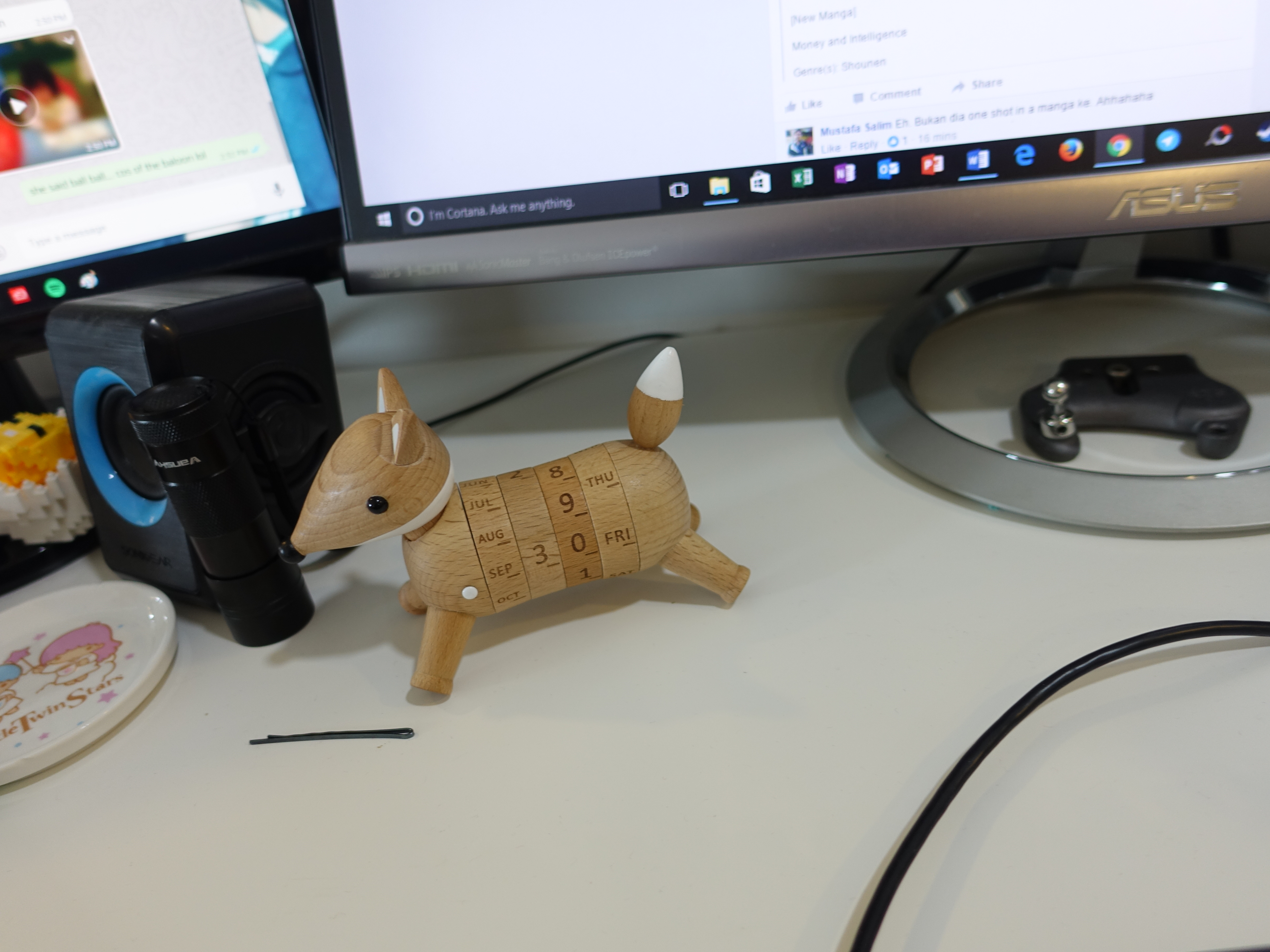Sony did a great move when they released the DSC-RX100 series. This compact camera is not just a hit with mass market consumers but even with professionals, as this is a lighter alternative to all the heavy gear and still produces good quality photos and videos.
So, the most recent model to this compact series is the Cyber Shot DSC-RX100 Mark IV. At a glance it looks similar to the Mark III however, Sony did quite a number of significant changes. For one, the Mark IV now sports a 20.1MP 1”-type stacked CMOS sensor that allows you to take continuous shots even faster than before and videos with higher frame rates, as well as the ability to shoot 4K videos.
If you’re looking at upgrading from a Mark III to a Mark IV, one thing to take note of; because this camera outputs in higher resolutions, it gulps storage space and hence, you can only use all its features if you use specific types of SD cards. It doesn’t really matter if your card is a Class 10 or not, if you don’t use a SDHC UHS-I or II with speed class U3, you are not able to record a high frame rate video, up to 60-Mbps X AVCS video, and 100Mbps X AVCS video.
Design & Build
Being a compact camera, the RX100 IV is slim and sits comfortably in your hand, unless you have large hands then you might find the controls a little too tiny. Basically, the Mark IV looks identical to the Mark III including the body except for some words printed on the top, tilting 3-inch LCD, 24-70mm equivalent f/1.8-2.8 Zeiss Vario-Sonnar lens, WiFi connection and ND filter, just to name a few.
The focus ring is slightly different too as the etching is of crisscrossed hatching compared to the Mark III vertical lines, which provides a better grip if you like to go Manual.
Sony also retained the electronic viewfinder and pop-up flash, and the mode dial is almost the same except that in the Mark IV, there is only one Auto stop, and we see a new mode which is the High Frame Rate feature. If you’re unfamiliar with the previous iterations of the RX100, let’s just say that Sony put a lot of thought into making this compact.
The pop-up flash is unique in a sense that you can even tilt it back so you can bounce the light. However, not everything is great. The rear controls that consists of buttons and a dial is quite cluttered and having to navigate them can be a pain, even more so if you have large fingers.
Another thing that irked me is that the tripod mount is placed off-center, which means you can’t open the battery/SDcard compartment door when it is mounted. This mount also makes it hard to use a regular gimbal stabilizer since not all stabilizers have a lot of customization options.
Software & Navigation
Navigating through the menus and functions of the Mark IV can be overwhelming, since compared to many other compact cameras, the RX100 IV has a lot of customizable features. This will take some time to get used to, and thankfully the default settings work just fine so until you’ve figured out how to use every feature of the camera, you won’t be at a disadvantage. I found the pop up error messages really annoying though. It just gives you an error message without letting you know how to solve it, or give any detail on why did it pop up.
There are several downloadable applications for the RX100 and a total of 15 that can be used for the Mark IV. These applications may or may not be useful to you, but personally, I’m usually not bothered to do post processing on the camera itself. However, applications such as Sync to Smartphone and Direct Upload can be quite useful as it syncs photos from the camera to your phone, or directly uploaded to Facebook.
Upgrades & Experience
Since customization is quite an important feature for the RX100, there are a few things you can do with the Mark IV. For one, you can customize 4 buttons on the camera: the C button, and the left, right and center button of the four-way controller on the rear dial. This is quite handy since you can map out the functions you use most often to be easily accessible.
So what is new exactly? Well, the main selling point would be its speed, with the capability to record 4K video. It is quite hard to explain the effect of the speed as a user, but one thing that was a welcome change despite the lack of hardware changes is the speed of the Auto ISO feature. You can even set the auto speed to 5 different speed levels, which are Slower, Slow, Standard, Fast, and Faster; making this a programmable auto-ISO.
Autofocus has also improved in terms of speed, allowing the Mark IV to access a scene faster than the Mark III. Focus feels more accurate and somehow feels similar to Sony’s “Lock-on AF” found on its higher end cameras. Autofocus has had a definite improvement, but not perfected yet; hopefully Sony will continue to work on it so it isn’t as unpredictable as Lock-on AF.
This camera has also included a fully electronic shutter, which means there is literally no noise when you hit the shutter button. Due to this electronic shutter, you can also shoot continuously at 5fps all while using autofocus. The good thing about this silent shutter is that there is no additional noise on your output which was a common thing in previous models.
One thing though; if you like shooting macros or closeups of food and stills, then you will be a tad disappointed with the MFD value of this camera as it isn’t able to shoot closeups very well, or even focus on the subject.
Here are some photo samples using the Sony RX100 Mark IV.

